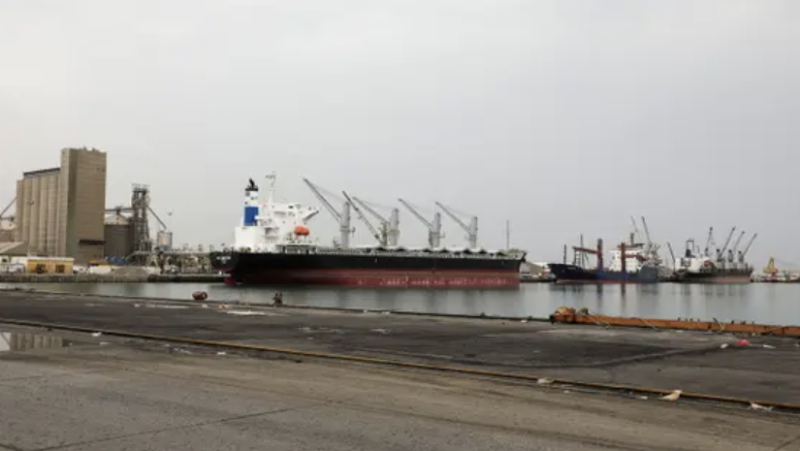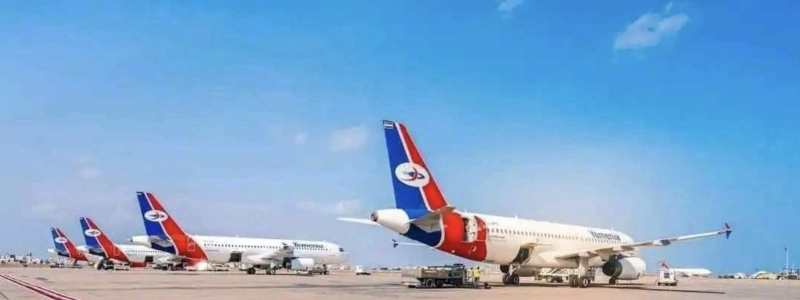IOM Yemen: Situation Report March 2021


SITUATION OVERVIEW
While the humanitarian crisis persists, migrants continue to arrive in Yemen, although in smaller numbers than before the pandemic.
IOM teams have noted an increase in the detention and forced movements of migrants. On 7 March, a horrific fire broke out at an immigration holding facility in Sana’a city and resulted in the death of dozens of migrants, once again shedding light on the dangers faced by the thousands of people travelling through Yemen.
The International Organization for Migration’s (IOM) Director General voiced his condolences and expressed support for the migrants affected. IOM protection and health teams responded immediately to the incident by providing life-saving medical and other support. As of the end of March, some of the injured were still receiving treatment in three hospitals in Sana’a1 . Statements by the authorities in Sana'a, along with statements made by migrant and refugee communities, confirmed that at least 45 people lost their lives and the total number of casualties could still be higher owing to the severity of injuries many migrants faced.
Also on 16 March, IOM’s first Voluntary Humanitarian Return (VHR) flight to Ethiopia since the start of COVID-19 pandemic helped 140 Ethiopian migrants stranded in Yemen to safely return home. IOM estimates that over 32,000 migrants are stranded in Yemen and continues to provide humanitarian assistance to thousands across the country and advocates that migrant detention should be the measure of last resort, and that authorities take a human-rights-based approach to migration management.
The situation for internally displaced persons (IDPs) remains challenging. IOM’s Displacement Tracking Matrix (DTM) estimates that 9,450 people were displaced this month, bringing the total number of displaced so far in 2021 to 27,090 people (in the locations where IOM DTM has access). In Ma’rib, the displacement crisis shows no sign of improving, with IDPs in Sirwah district being most affected in the past few months. IOM has continued to prioritize its response in Ma’rib, coordinating closely with partners through its various sub-cluster leadership roles; however, the most significant challenges to sustaining a largescale response remain to be insufficient capacity and resources. A priority for IOM has also been scaling up its response along the west coast region of the country, where there are large gaps as a result of growing displacement. Since the start of the conflict, thousands of IDPs have fled to areas in Ta’iz and southern Al Hodeidah – close to 50,000 people in 2020 alone. Today, despite the ceasefire, Yemen’s west coast region is one of the deadliest parts of the country, with the two governorates suffering from the highest number of civilian casualties in 2020. Most displaced people are living across 156 IDP hosting sites, facing constrained access to basic and health services amidst limited partner presence.
A second wave of COVID-19 is also taking a heavy toll on communities, contributing to a deterioration of living conditions, and impacting access to employment, remittances and basic services. Despite severe underreporting, a total of 2,428 cases were reported country wide in March which is the highest in a single month since the start of the pandemic. Although the arrival of 360,000 vaccine doses is critically important in containing the outbreak, partners need to urgently scale up their response.

Paris — The French humanitarian organization Acted announced that it has delivered cash assistance to nearly 89,000 people affected by displa…

Sana’a — Fuel and food imports into ports under the control of Yemen’s Houthi movement on the Red Sea have continued to fall for…

ADEN — Yemen Airways, the country’s national carrier, announced it will resume flights between Aden and Abu Dhabi beginning in January…